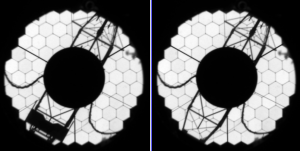The end of this week marks us as half way through the current 4 month period (December – March). We have completed 70% of the highest priority band P1, 52% of the P2 band and 41% of the P3 band time. The bad weather we had at the beginning of the period, back in December, really kept us from completing many of the high priority targets in the Sheila field which is now unreachable until the late summer.
There are 10 programs that have been completed out of 27 programs. Some of our users have never been granted HET time before so there is a bit of a learning curve in how to optimize the HET time. Hopefully our Synoptic Supernova teams can make excellent use of the remaining 2 months of the period.
For the next 2 weeks (during the bright time) we will be concentrating on making further improvements to our telescope control systems, wavefront sensor systems and instrument control systems. It is going to be a very busy 2 weeks!




